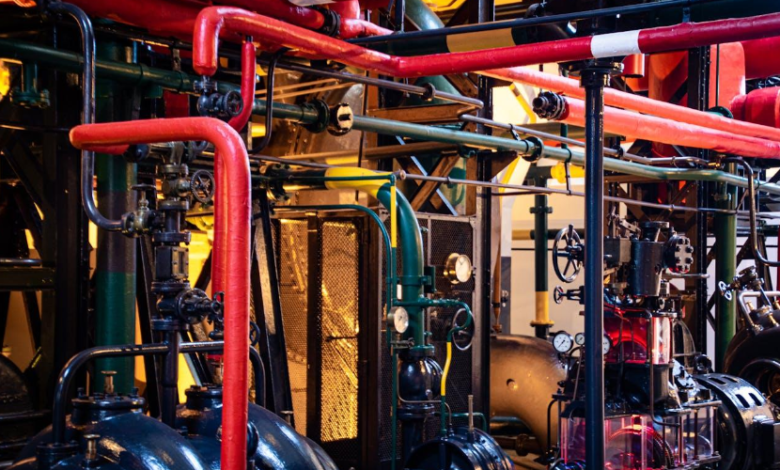6 Tips for Seamless Industrial Heating Operations

Whether you are operating a food processing plant, working on a manufacturing line, or managing large-scale agriculture, how effectively you heat your surroundings can have huge implications for your business.
This article provides six insights and strategies for industrial operations looking to sharpen their heating game, from equipment maintenance to staff training.
Proper Equipment Maintenance
Industrial heating systems are the conquerors of operations, often running endlessly to maintain vital processes. Ensuring that these workhorses are in top-notch condition, however, is not always a priority until something goes wrong. Regular maintenance schedules are crucial in preventing costly breakdowns and delays.
Begin with an exhaustive equipment inventory and maintenance log. Identify key components that need scheduled inspections, such as industrial boiler system, heat exchangers, burners, and flues, and create a maintenance plan for each.
Regular checks should go beyond simple visual inspections and incorporate thermographic scanning and non-destructive testing to catch potential issues before they escalate.
Efficient Energy Management
To maximize efficiency, consider implementing real-time energy monitoring systems that can identify trends and wasteful practices. Simple changes, such as insulating valves and investing in energy-efficient equipment, can yield significant savings.
For larger operations, heat recovery systems can capture and reuse energy that would otherwise be lost, reducing both utility bills and carbon footprints. Industrial heating systems are often major consumers of energy.
Inefficiencies due to outdated technology or poor insulation can lead to significant cost overruns.
Temperature Control Techniques
Consistency in temperature is not only crucial for product quality but also for the durability of materials handling the heat. Digital control systems offer precise temperature regulation. They can be complemented by redundancies such as back-up power supplies or the on-site availability of spare parts.
Consider the use of sealed heating technologies to eliminate fluctuations caused by fluctuations in airflow or pressure, which can be particularly useful in clean room or pharmaceutical manufacturing environments.
While initial investments in new temperature control technologies can be high, the long-term benefits are substantial.
Safety Protocols and Compliance
Industrial heating operations often involve hazardous materials and high temperatures, making safety non-negotiable. Stay abreast of the latest safety regulations and ensure your systems and practices comply.
Regular staff training and safety drills are necessary to keep safety at the forefront of operations. Labels and clear signs can also help reinforce safety protocols, especially in industrial environments with high turnover.
Inadequate safety protocols can result in loss of life, injury, or environmental damage and may lead to costly litigation and fines.
Remote Monitoring and Automation
Real-time data can be crucial in identifying and addressing issues the moment they arise, often without needing on-site intervention.
Automation reduces the risk of human error in managing complex heating systems and enables operators to adjust temperatures and settings from anywhere, an especially vital capability in the era of remote work.
Integrating remote monitoring and automation into your existing systems may require substantial changes, but the benefits far outweigh the challenges.
Staff Training and Skill Development
Invest in thorough training programs and continuous skill development for your staff. A well-trained workforce can be more effective in diagnosing and addressing issues, and can contribute to a culture of safety that permeates every aspect of the operation.
Develop competency frameworks that outline the skills and knowledge levels necessary for staff members at every level. Implement regular assessments to track improvement, and encourage employees to take ownership of their professional development.



